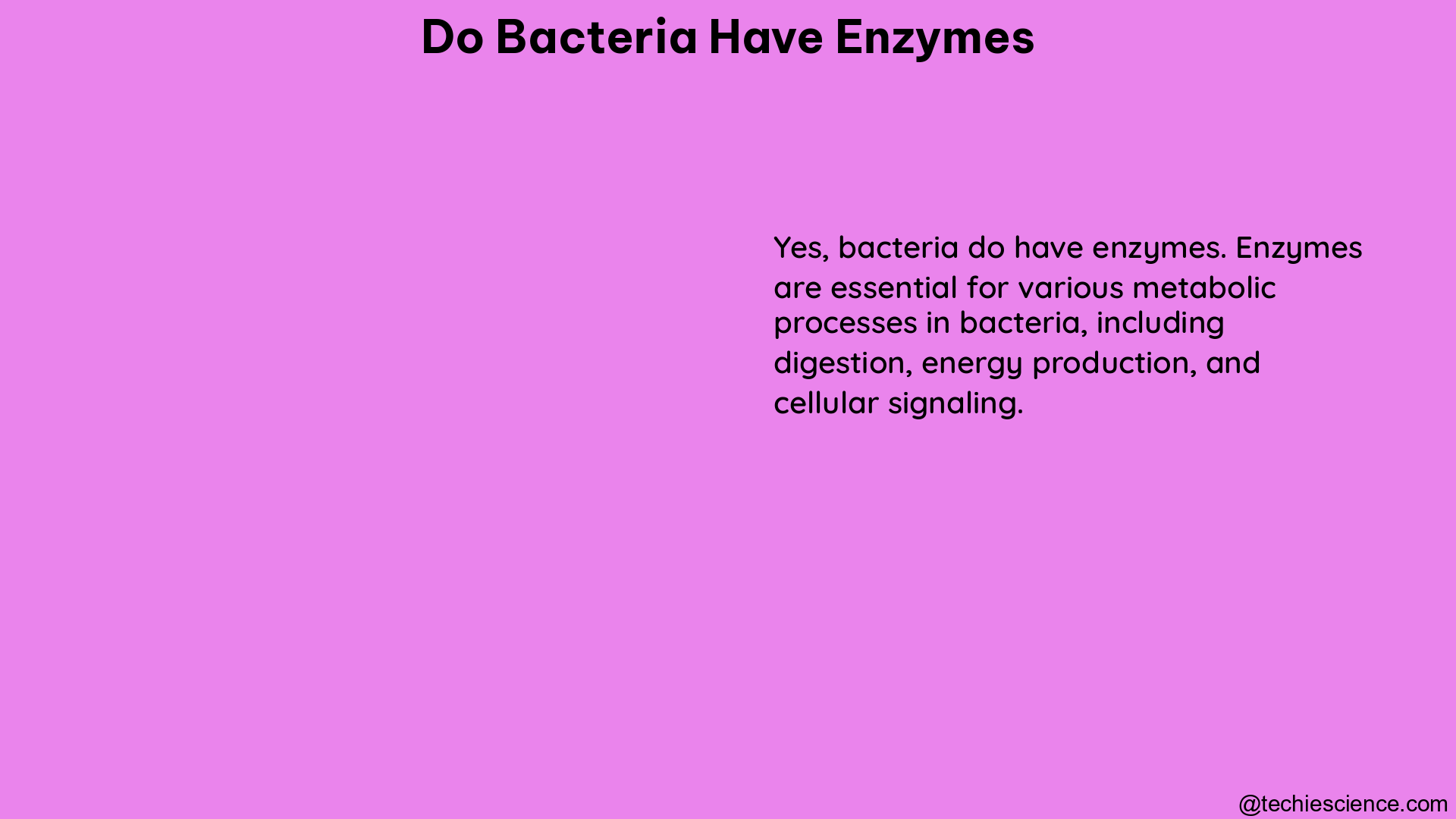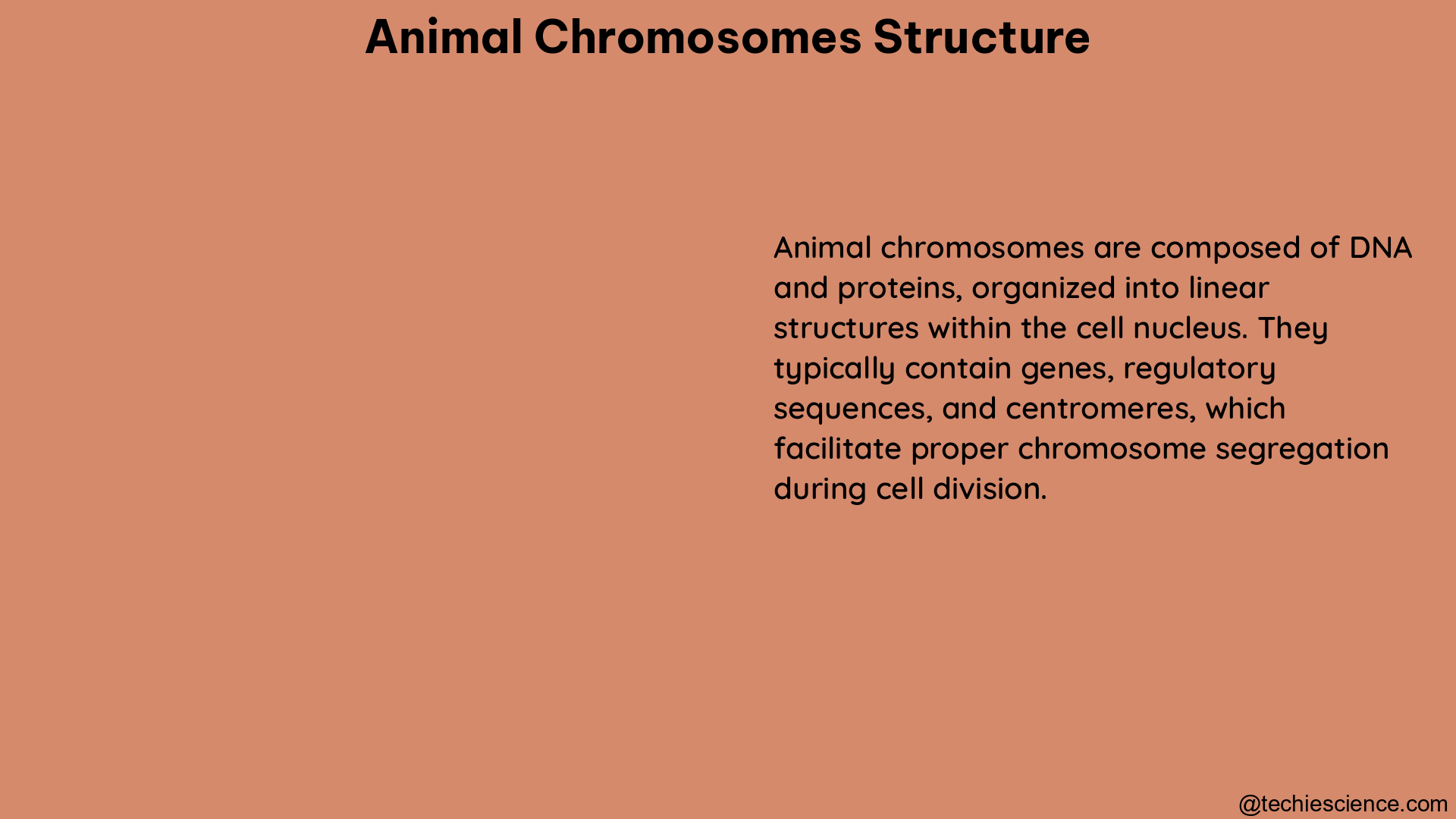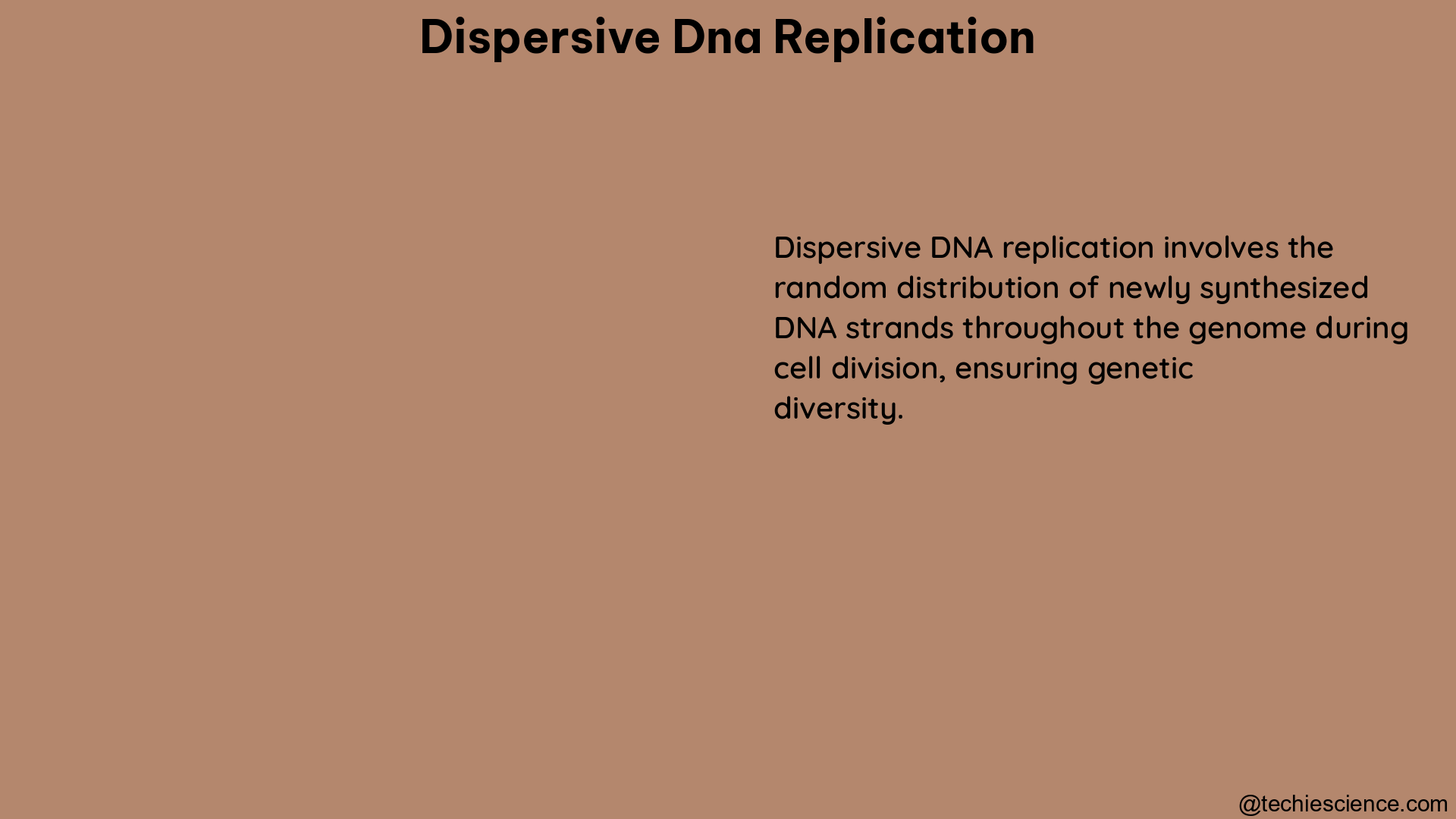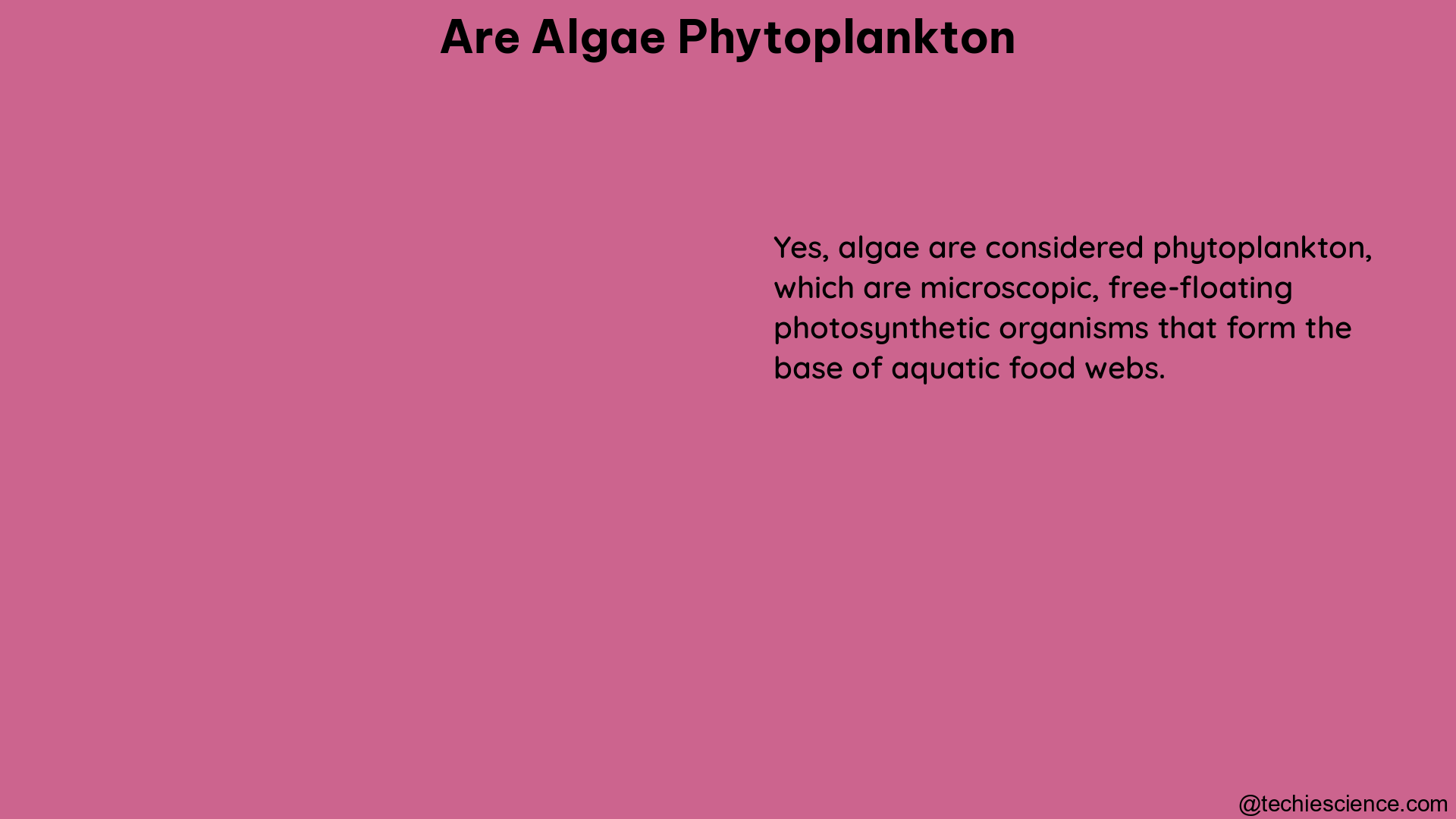Bacteria are microscopic single-celled organisms that are ubiquitous in our environment, playing crucial roles in various ecosystems. One of the defining characteristics of bacteria is their ability to produce a wide range of enzymes, which are essential for their survival, growth, and adaptation. In this comprehensive blog post, we will delve into the world of bacterial enzymes, exploring their functions, the methods used to measure their activity, and the applications of this knowledge in various fields.
The Importance of Enzymes in Bacteria
Enzymes are biological catalysts that accelerate chemical reactions within living organisms, including bacteria. These specialized proteins are responsible for facilitating a vast array of cellular processes, such as:
- Metabolism: Enzymes are crucial for the breakdown and utilization of nutrients, enabling bacteria to obtain the energy and building blocks necessary for growth and reproduction.
- DNA Replication and Repair: Enzymes play a vital role in the replication and repair of bacterial DNA, ensuring the accurate transmission of genetic information.
- Protein Synthesis: Enzymes are involved in the translation of genetic information into functional proteins, which are the building blocks of bacterial cells.
- Cellular Signaling: Certain enzymes participate in the production and regulation of signaling molecules, allowing bacteria to respond to changes in their environment.
- Stress Response: Bacteria can alter their enzyme production in response to environmental stressors, such as changes in pH, temperature, or the presence of antimicrobial agents.
By understanding the diverse functions of enzymes in bacteria, we can gain valuable insights into their physiology, ecology, and potential applications in various fields.
Measuring Bacterial Enzyme Activity

Assessing the enzymatic activity of bacteria is crucial for understanding their role in various ecosystems and their potential applications in biotechnology. Here are some common methods used to measure bacterial enzyme activity:
Soil Enzyme Activity
Soil enzyme activity is a widely used indicator of soil health and microbial activity. Bacteria and other soil microorganisms secrete a variety of enzymes into the soil, which play a crucial role in the decomposition of organic matter and the cycling of nutrients. By analyzing the activity of specific enzymes in soil samples, researchers can gain insights into the composition and function of the microbial community, as well as the overall soil quality.
Some commonly measured soil enzymes include:
– Dehydrogenase: Involved in the oxidation of organic matter
– Phosphatase: Responsible for the mineralization of organic phosphorus
– Urease: Catalyzes the hydrolysis of urea
– Cellulase: Breaks down cellulose, a major component of plant cell walls
By comparing the activity of these enzymes in different soil samples, researchers can assess the impact of various environmental factors, such as land use, soil management practices, and pollution, on the soil microbial community and its functioning.
Secreted Enzymes
Bacteria often secrete enzymes into their surrounding environment to break down complex macromolecules, such as proteins, lipids, and polysaccharides, into smaller, more readily available nutrients. These secreted enzymes can be measured and quantified to understand the metabolic capabilities of bacterial species and their potential applications in various industries.
For example, bacteria from the genus Bacillus are known to secrete a wide range of enzymes, including proteases, amylases, and lipases, which have applications in the detergent, food, and pharmaceutical industries. By measuring the production and activity of these secreted enzymes, researchers can identify and characterize bacterial strains with desirable enzymatic properties.
Synthetic Enzyme Substrates
Synthetic enzyme substrates are used in clinical microbiology, environmental testing, food security, and microbiology research to detect and measure the presence of specific enzymes produced by bacteria. These substrates are designed to generate a detectable signal, such as a color change or fluorescence, upon the action of a particular enzyme.
For instance, the enzyme β-glucuronidase is commonly used as a marker for the identification of Escherichia coli (E. coli) in water and food samples. By using a synthetic substrate that produces a fluorescent signal when cleaved by β-glucuronidase, researchers can quickly and accurately detect the presence of E. coli, even in complex matrices.
Similarly, other enzyme-substrate systems have been developed for the identification and differentiation of various bacterial species, based on their unique enzymatic profiles. These methods allow for rapid and sensitive detection of bacteria, which is crucial in fields such as clinical diagnostics, food safety, and environmental monitoring.
Bacterial Enzymes in Biotechnology and Industry
The diverse enzymatic capabilities of bacteria have led to their widespread application in various industries and biotechnological processes. Here are some examples of how bacterial enzymes are utilized:
Bioremediation
Bacteria with specific enzymatic activities can be employed in bioremediation processes to degrade and remove environmental pollutants, such as oil spills, pesticides, and heavy metals. For instance, bacteria that produce enzymes capable of breaking down hydrocarbon compounds can be used to clean up oil-contaminated soil and water.
Biofuel Production
Certain bacteria produce enzymes that can break down cellulosic biomass, such as agricultural waste and lignocellulosic materials, into fermentable sugars. These sugars can then be converted into biofuels, such as ethanol, through microbial fermentation processes. This application of bacterial enzymes contributes to the development of sustainable and renewable energy sources.
Food and Beverage Industry
Bacterial enzymes are widely used in the food and beverage industry for various purposes, such as:
– Cheese production: Enzymes like rennet and lipases are used to coagulate milk and develop the desired flavor and texture in cheese.
– Bread making: Amylases from bacteria are added to dough to improve the rise and texture of bread.
– Beer and wine production: Enzymes like glucanases and xylanases are used to enhance the extraction and fermentation of sugars from grains and fruits.
Pharmaceutical and Medical Applications
Bacterial enzymes have found applications in the pharmaceutical and medical fields, such as:
– Drug production: Certain enzymes are used in the synthesis of various pharmaceutical compounds.
– Diagnostic tests: Bacterial enzymes are employed as markers in diagnostic kits for the detection of specific diseases or pathogens.
– Wound healing: Enzymes like collagenase and fibrinolysin are used in the treatment of chronic wounds and the debridement of necrotic tissue.
Detergent and Cleaning Products
Enzymes from bacteria are commonly used in detergents and cleaning products to enhance the removal of various types of stains, such as protein-based, lipid-based, and carbohydrate-based stains. These enzymes help to break down the complex molecules in the stains, making them more easily removable.
Conclusion
Bacteria are remarkable organisms that possess a vast array of enzymes, which play crucial roles in their survival, growth, and adaptation. By understanding the enzymatic capabilities of bacteria, researchers and industries can harness their potential for various applications, ranging from bioremediation and biofuel production to food processing and medical diagnostics.
As our knowledge of bacterial enzymes continues to expand, we can expect to see even more innovative and sustainable solutions emerge, further highlighting the importance of these microscopic yet powerful catalysts in the world around us.
References:
- Schimel, J. P., & Weintraub, M. N. (2003). The implications of exoenzyme activity on microbial carbon and nitrogen limitation in soil: a theoretical model. Soil Biology and Biochemistry, 35(4), 549-563.
- Nannipieri, P., Giagnoni, L., Landi, L., & Renella, G. (2011). Role of phosphatase enzymes in soil. In Phosphorus in action (pp. 215-243). Springer, Berlin, Heidelberg.
- Sinsabaugh, R. L. (2010). Phenol oxidase, peroxidase and organic matter dynamics of soil. Soil Biology and Biochemistry, 42(3), 391-404.
- Eivazi, F., & Tabatabai, M. A. (1988). Glucosidases and galactosidases in soils. Soil Biology and Biochemistry, 20(5), 601-606.
- Becker, P., Klaußner, J., Märkl, H., & Antranikian, G. (1997). Continuous production of thermostable xylanases from Bacillus sp. strain NCIB 40237 employed in the degradation of xylans. Applied and Environmental Microbiology, 63(5), 1804-1808.
- Gupta, R., Beg, Q. K., & Lorenz, P. (2002). Bacterial alkaline proteases: molecular approaches and industrial applications. Applied Microbiology and Biotechnology, 59(1), 15-32.
- Sharma, K. M., Kumar, R., Panwar, S., & Kumar, A. (2017). Microbial alkaline proteases: Optimization of production parameters and their properties. Journal of Genetic Engineering and Biotechnology, 15(1), 115-126.
- Rao, M. B., Tanksale, A. M., Ghatge, M. S., & Deshpande, V. V. (1998). Molecular and biotechnological aspects of microbial proteases. Microbiology and Molecular Biology Reviews, 62(3), 597-635.
- Sharma, D., Sharma, B., & Shukla, A. K. (2011). Biotechnological approach of microbial lipase: a review. Biotechnology, 10(1), 23-40.
- Hasan, F., Shah, A. A., & Hameed, A. (2006). Industrial applications of microbial lipases. Enzyme and Microbial Technology, 39(2), 235-251.








